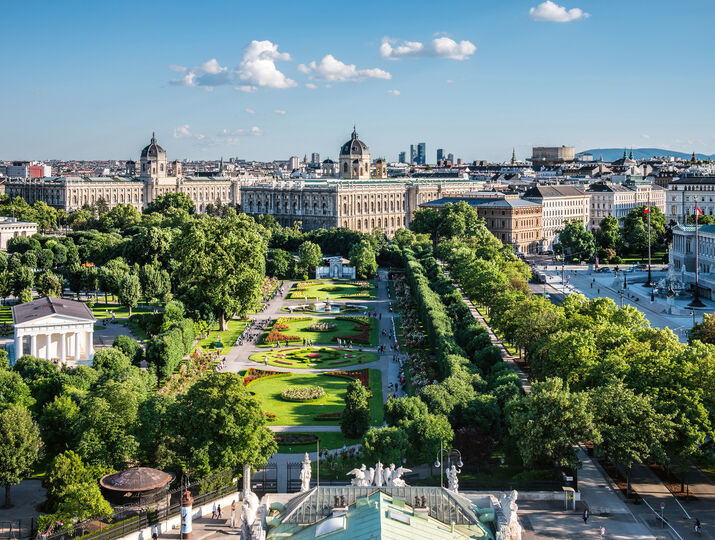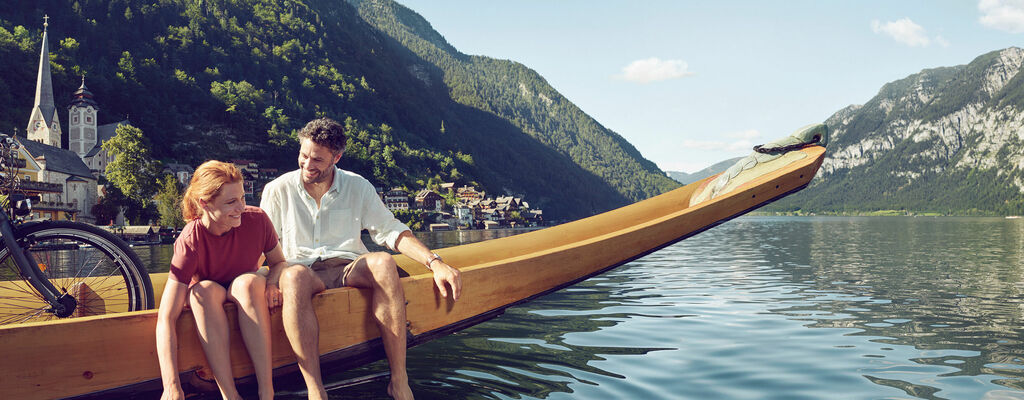Vienna - city with best living quality in the world

Each year international consultants Mercer (www.mercer.com) conduct a quality of life survey in 221 major cities worldwide. And in 2017 the results of the survey once again saw Vienna claim top marks, with the Austrian capital walking away with the title of the world’s most liveable city for the eight year in a row.
The study looked at a range of factors including the political, social and economic environment, medical services, education, and infrastructure facilities including public transportation, power and water utilities. Leisure facilities such as restaurants, theaters, cinemas, sports facilities, availability of consumer goods ranging from food to automobiles, and environmental factors including green spaces and air quality are also taken into consideration.
Vienna – Something Old & Something New
With its successful blend of imperial tradition and contemporary creativity, the Austrian capital has established itself as a major player in the global tourism market. With 14.3 million overnight stays in 2015, beating the previous record set in 2014 by 5.9 percent, the Viennese tourist industry posted the best performance in its history. 2014 the International Congress and Convention Association (ICCA) ranked Vienna in second place.
Vienna is not only the capital of Austria, but also one of its nine federal states. St. Stephen’s Cathedral, considered the center of the city by its inhabitants, is located 16º 22’ 27’’ east of Greenwich at 48º 12’ 32’’ northern latitude, and 171 meters above sea level. The city covers 415 square kilometers and is divided into 23 districts. With woods, grassland, parks and gardens accounting for around half its area, Vienna is the city in Europe with the highest ratio of green space. “Urban green” such as Stadtpark (with the most frequently photographed motif in the city, the golden Johann Strauss monument) is joined by the woods and grassland of Prater, the extensive Schönbrunn Palace Gardens, sections of the Vienna Woods, vineyards, farmland and the wetlands of the legendary Danube River. During the summer temperatures rarely rise above 30º C, and in winter they hardly ever fall below -5º C.

